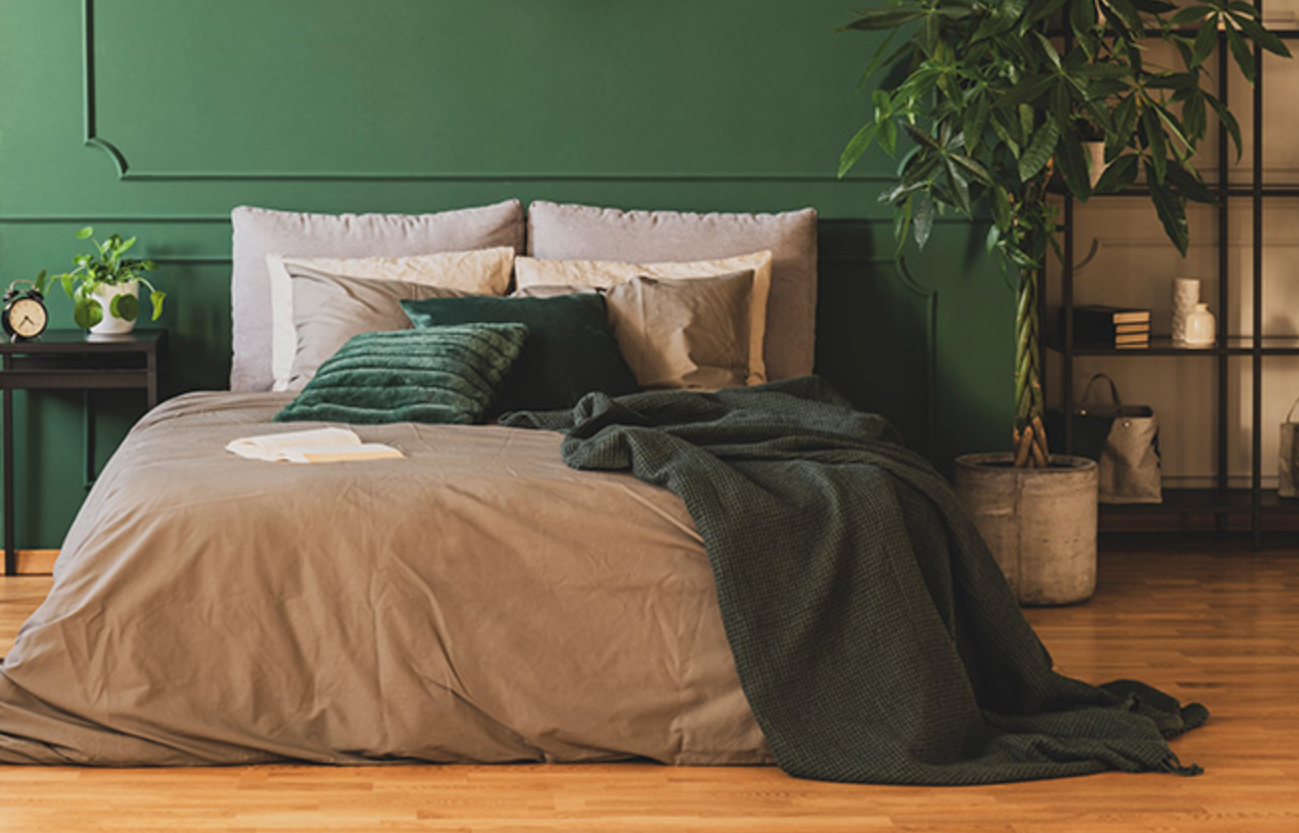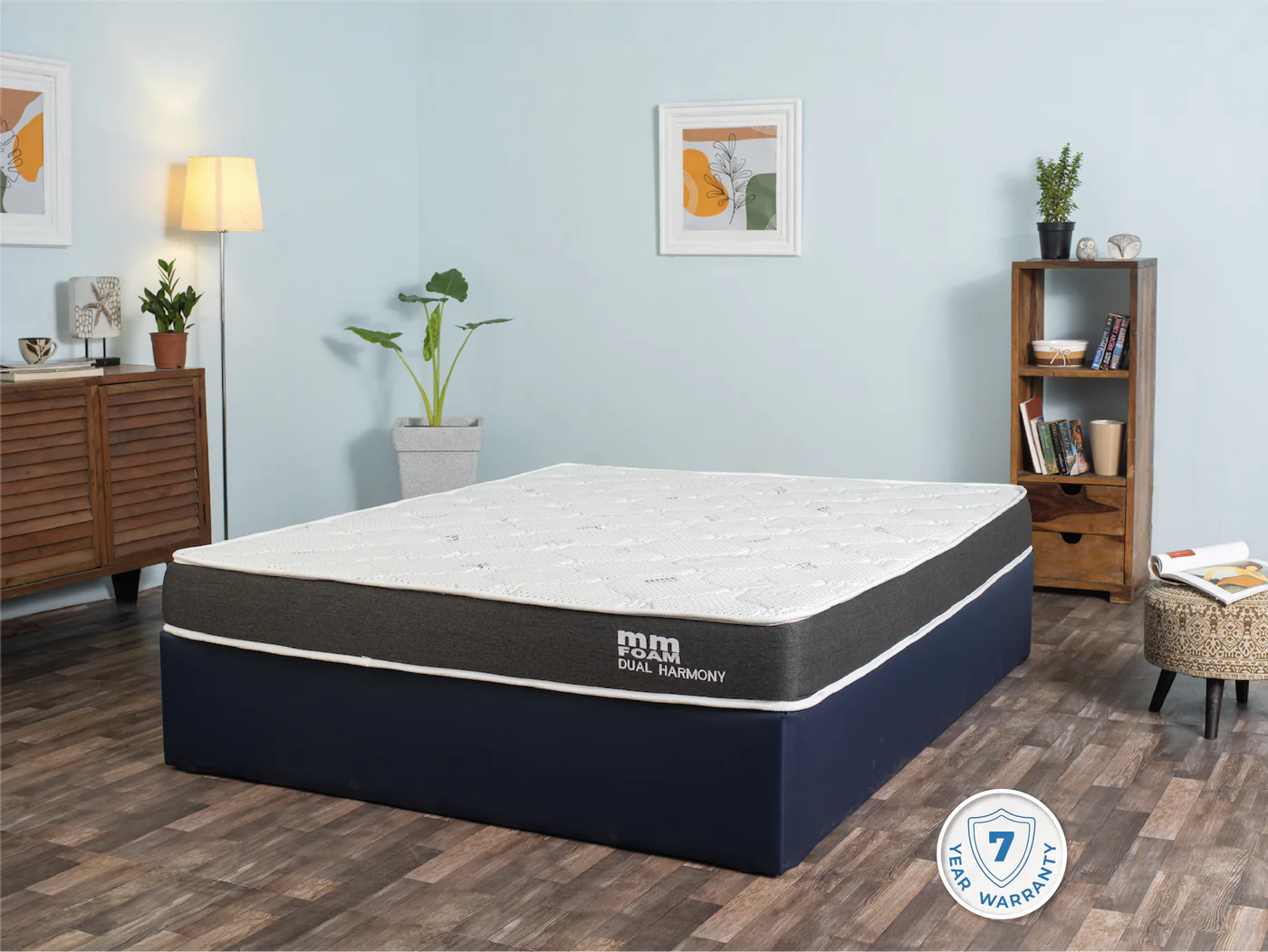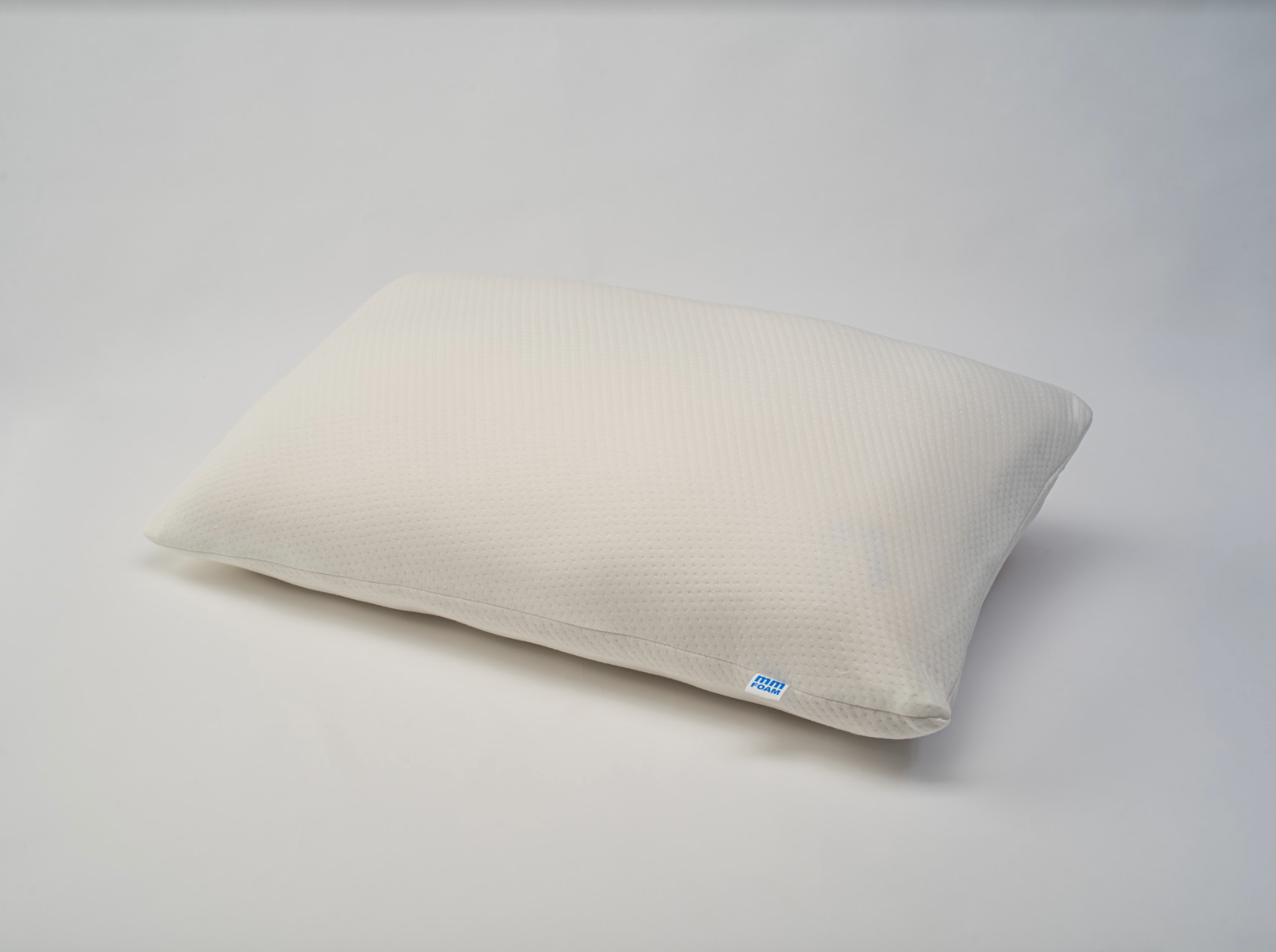Your cart is empty
Looks like you haven't added anything to your cart yet

Best Pillows for Side Sleepers
Are you a side-sleeper? Here’s how you can find the perfect pillow.
Sleeping on one’s side is the most popular sleeping position in the world. But if you’re a side-sleeper, you know that it can get pretty uncomfortable if you don’t have the right kind of pillow, and you can wake up with a sore neck or achy shoulders. Changing one’s sleeping habits is not an easy task, and subconsciously controlling the body while you sleep is an impossible feat. This makes choosing the right pillow the ideal option for side-sleepers. Proper neck and spine alignment can prevent an early onset of chronic back pain and given our rapidly-worsening sedentary lifestyle, a little change like investing in the right pillow could make a world of difference.’
Scientists have concluded based on empirical evidence, that the following qualities in a pillow are ideal for side sleepers:
- Loft: Firstly—the loft or the height of the pillow must ensure that your neck is adequately supported and is ideally within 4 inches to 6 inches for the average human. If your neck is not aligned with your head or shoulders, it could cause serious cramping and soreness, and in the long term, cause chronic neck spasms.
However, this loft height might vary if you have broader shoulders. The aim is to place the head at a height that is in perfect alignment with the rest of the upper body, so that there is a minimal strain on your neck and shoulders. Avoid a steep incline between your head and the pillow, as it could cause disorientation and nerve issues. While looking at the perfect loft for your pillow, also take into account the amount of cushioning you want. A softer pillow would cause your head to make a deeper indent, so the overall loft of the pillow would have to be higher.
- Firmness: Experts opine that medium-firm pillows are ideal for those who sleep on their side. While personal preferences may vary, a medium-firm pillow would enable the sleeper to maintain a relatively stable neck position, as opposed to a very soft pillow, which might not support the neck adequately if one shifts around since the head would sink right into the pillow. For those who prefer cushioning and feel that it affects their quality of sleep, memory foam pillows are a great option as they imitate the qualities of a soft pillow while providing firm support to the neck and shoulders.
- Shape: Experts are split on whether the shape of a pillow makes a particular difference. However, many users have claimed that a circular, oblong, inclined, curved, or more compact pillow – as opposed to a flat rectangular pillow – has aided their sleep. Many experts probably rightly opine that this becomes a matter of personal choice and individual physique. Those who like placing their arms in front of their faces while sleeping might prefer a narrower square-shaped pillow to make room for their arm. Those who change positions frequently might want a rectangular pillow so that they don’t have to keep readjusting their pillow to match their sleeping position. Travellers might prefer a donut neck pillow. Last but not least, many find an orthopaedic pillow beneficial for neck and back pain.
- Quantity: Some experts have advised that for optimum comfort, one could use a second pillow placed under the knees while sleeping sideways. This slight lift would perfectly align the neck and spine with the hips and tailbone, and allow for a more comfortable experience. Those with back pain might want to invest in a second pillow to provide lumbar support and prevent hunching while sleeping sideways. Additionally, side sleepers may want to provide their upper-positioned arm with extra support. The ideal quantity of pillows mostly comes down to personal preference, but it is a parameter that is worth addressing for those looking to design a more comfortable sleeping experience for themselves.
-
Fill type or make: In this day and age, pillows are made up of many different types of materials and choosing the right material could make a lot of difference. Soft pillows usually contain down feathers, polyester fibrefill or cotton. Medium firm and firm pillows, on the other hand, could be made up of foam, memory foam, hybrid latex, or natural latex. Here’s an overview of different types of makes:
- Soft pillows: Generally, as a matter or precaution, experts advise against very soft pillows as they don’t provide adequate neck and spine support.
- Fibrefill and cotton pillows: While feather-filled pillows are very soft and feel luxurious, they don’t provide a lot of neck support, and are also a terrible option for those with allergies, as they can easily trap dust. Although they are cheap, fibrefill and cotton pillows face a common complaint in terms of long-term usage: they become lumpy and stale after a comparatively short while. Many experts have also spoken of the harm that polyester in bedding can cause. Furthermore, due to their short lifespan, they require repeated replacement, rendering them neither economical nor environment friendly.
- Foam options: Foam provides quite a firm support to the head or neck, but because foam qualities differ and can be quite stiff, they might not be the best fit for everyone and could cause a stiff neck. Memory foam is great when it comes to neck support, and can easily mould to the shape of the sleeper’s head. However, memory foam pillows react to heat in order to soften up, and thus, can be quite warm. This could cause overheating for some.
- Hybrid latex, and natural latex: Hybrid latex pillows are made up of a combination of foam and natural latex in order to derive the benefits of both. It is highly adaptive, cool and breathable, and naturally springy. Natural latex is the most sustainable make amongst all of the above. It is a naturally germ- and dust-resistant, bouncy, and airy material. It remains fresh for a long period of time. Latex mattresses are extremely durable and, in the long term, the most economical and environmentally safe choice. These are also perfect for those who want to avoid overheating and stuffiness while sleeping.
Last but not least—make sure you try as many options as you can instead of just going by a set criterion. After all, you’ll be the one using the pillow, so choose a pillow that ‘feels right’, so to say.
FAQs
- Is a firmer pillow better for side sleepers?
According to experts, a medium-firm pillow works best for side-sleepers.
- What pillow filling is best for side sleepers?
100% natural latex is ideal for side sleepers, although memory foam is also a great option.
- How many pillows should a side sleeper use?
A side sleeper can use any number of pillows between one to three depending on their needs and personal preference.
- What makes a side sleeper pillow different?
A side sleeper pillow needs to be designed so that the sleeper’s head is aligned with their shoulders, neck, and spine, in order to avoid chronic pain and spasms. A pillow designed for those who sleep on their backs or bellies would require a shorter loft as the head is already in line with the body.
- Is memory foam pillow good for side sleepers?
Yes, memory foam is a great option for side sleepers as it conforms to the shape of the head and the neck, thereby providing the perfect cushioning without being too soft. It is also just right when it comes to firmness. Memory Foam and natural latex are two fills that are greatly popular with side sleepers.
- Choosing a selection results in a full page refresh.









